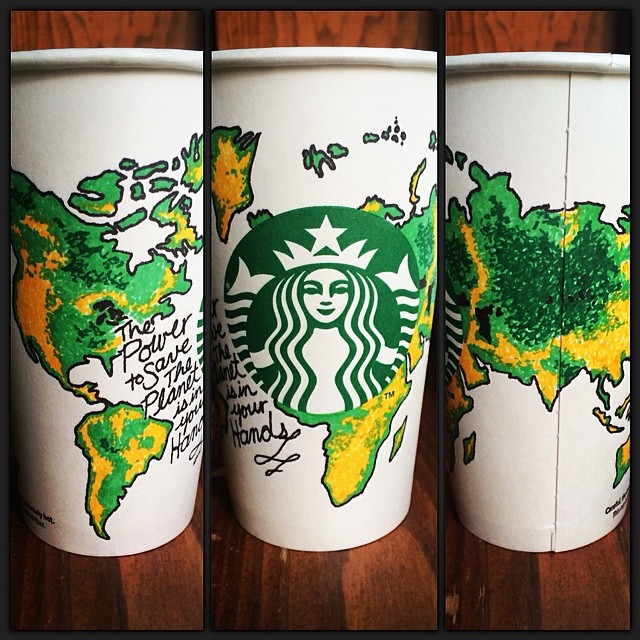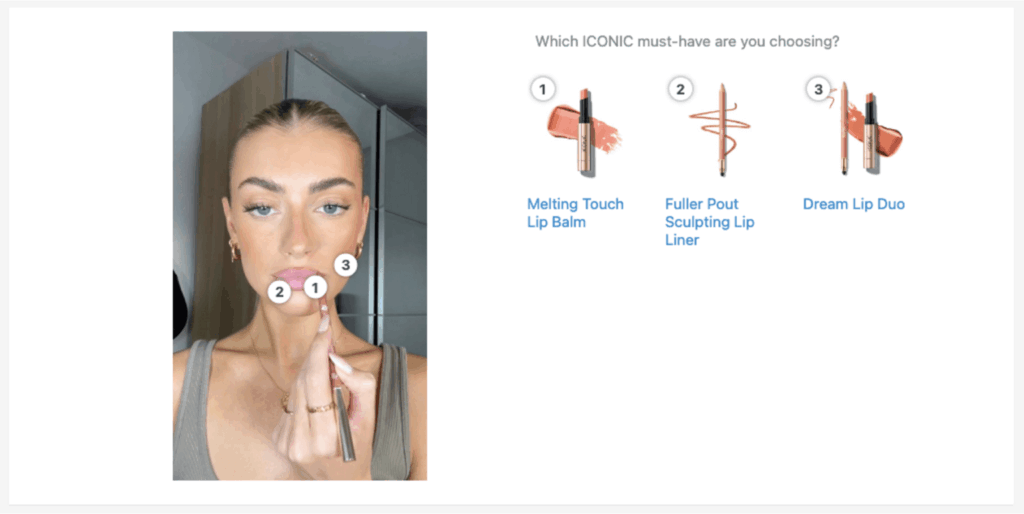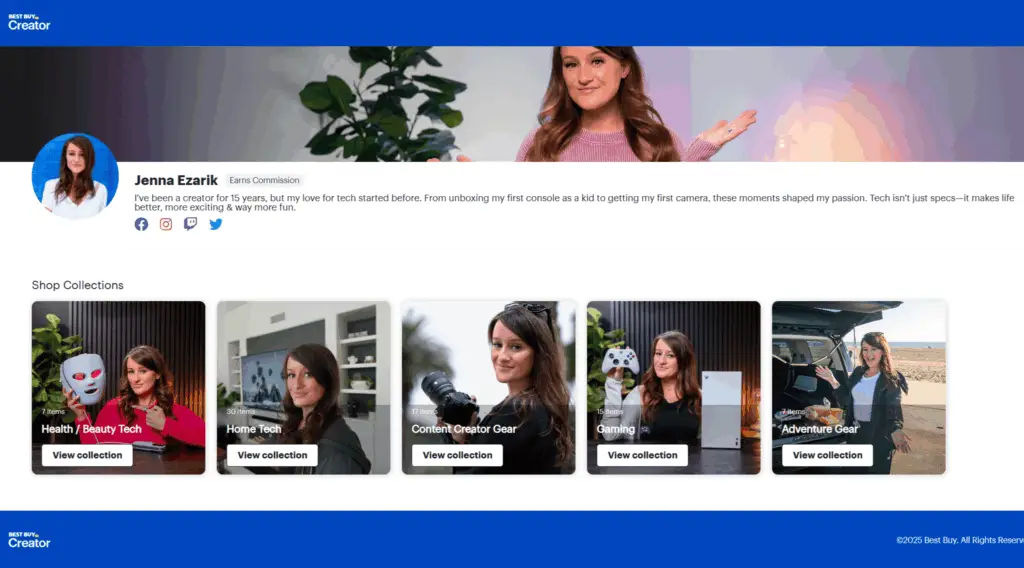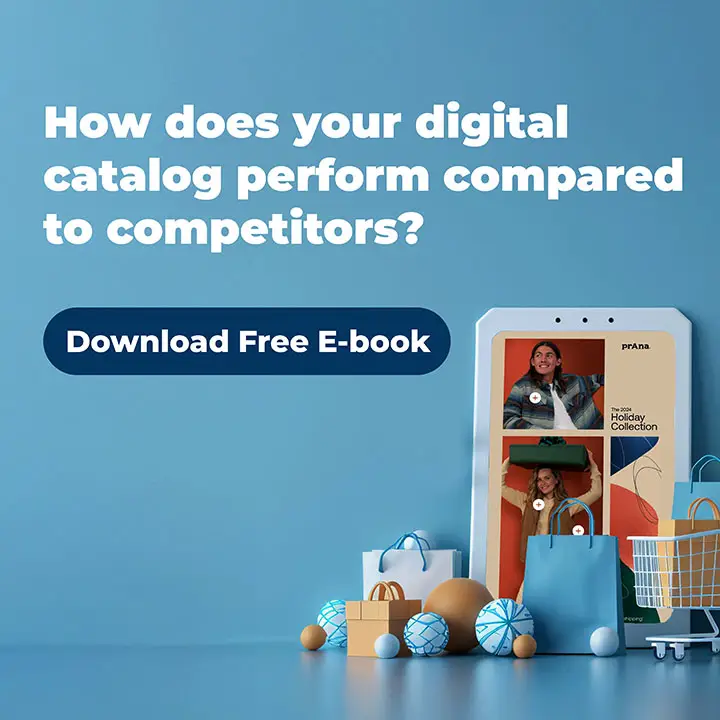If you’re in retail and looking for ways to cut through the noise, especially in a crowded market where everyone’s running similar sales and pushing similar products, then user-generated content (UGC) might be the smartest move.
Think about it: Why spend your entire marketing budget on ads when your customers already create content people trust more? If you’re trying to gain market share, especially against competitors with deeper pockets, UGC lets you scale authentic storytelling without scaling costs. It’s real people showing why your brand matters, and that’s what sticks.
Let’s talk about what’s changed, what’s working, and what big-name retailers are doing that you can learn from (and steal, if we’re being honest).
What’s Trending in User-Generated Content Right Now?
1. Short-form video is still the MVP
TikTok, Reels, Shorts – call it what you want, but if your customers are posting it, it’s gold. Real people showing off your products in their own spaces, with their own voices, beats any glossy brand ad right now.
Because this content feels organic, people actually watch it and trust it. That’s half the battle won.
What to try: Encourage customers to tag you or use a campaign hashtag. Repost their best content, and reward it. You don’t need a huge budget, just a good idea and a reason for people to get involved.
2. The rise of the micro-creator
Mega influencers? Great for reach. But in terms of actual conversions and community, brands are turning to micro (10k–100k) and even nano (<10k) influencers who have highly engaged audiences that actually listen to them.
They’re trusted. They’re accessible. And they’re way more affordable.
What to try: Look for existing customers who are already talking about your brand. Offer them a little something in exchange for a story or a post. It’s easy, human, and it works.
3. Your team is part of your brand story
Employee-generated content (EGC) is having a moment—and honestly, it makes sense. People want to know who’s behind the products they love. When your staff share behind-the-scenes content or shows what a day at work looks like, it builds real trust.
What to try: Start small. Feature a staff member on your Instagram stories each week. Get your warehouse crew involved. It doesn’t have to be polished—just real.
4. AI is helping, not replacing
AI’s role in UGC is less about making content and more about managing it—surfacing the best stuff, tagging it, helping you figure out what’s working. Think of it like your personal UGC assistant.
What to try: If you’re swimming in content and not sure what to do with it, look into platforms like Dash Hudson, TINT, or Pixlee that help you curate and repurpose UGC across your site and campaigns.
5. Shoppable UGC is closing the loop
People see a real person wearing a coat or using a face serum and want to know where to get it. That’s why more retailers are weaving UGC straight into their product pages and turning content into commerce.
What to try: Add a “Styled by You” section or embed Instagram images onto product pages. Real-life context helps customers imagine themselves using your product, and that drives clicks.
Who’s Doing it Well?
Starbucks – #WhiteCupContest
Starbucks asked customers to draw designs on their signature white cups and post their designs on social media with #WhiteCupContest in the caption. The contest’s winner was announced on social media, and their cup design was used as a limited edition cup that Starbucks released in its stores. Almost 4,000 customers participated in the campaign over three weeks, and people still post their white cup designs online despite the long-running contest.
Takeaway: You don’t have to force UGC. If there’s a moment your customers love already, just give them a reason to share it.

ICONIC London – Real Faces, Real Results through User-Generated Content
The beauty brand added real customer photos to its product pages and saw a 126% bump in conversions. There’s no surprise there. People trust people.
Iconic London sought to maximize the impact of its rich library of user-generated content (UGC) to boost conversions and deepen customer engagement. By implementing Bazaarvoice’s Like2Buy and Galleries tools on Instagram and its website, the brand created a seamless, shoppable experience centered around real customer content.
As a result, Iconic London achieved a 361% increase in time on site, a 126% boost in conversion rate, and an 11% rise in average order value over 12 months while uncovering new influencer partnerships and strengthening customer relationships.
Takeaway: Social proof isn’t just for reviews. We trust what we can see.

Best Buy – Creator platform + UGC
Jenna Ezarik uses the Best Buy Creator platform to create a personalized storefront on BestBuy.com, where she curates and showcases product collections like Health/Beauty Tech, Home Tech, and Gaming based on her real-life use and preferences.
By sharing her honest recommendations and everyday tech setups, she turns user-generated content into a trusted shopping experience. This strategy builds credibility and connection, because when shoppers see products used and endorsed by someone they follow, it feels more authentic than a traditional ad. It’s a smart way for Best Buy to deepen engagement, drive sales, and turn creators into credible brand advocates.

So… What Should Do With This?
Here’s the short list:
- Make sharing easy: Tell your customers how to tag you or join a campaign. Clear CTAs matter.
- Celebrate your community: Don’t just repost. Feature their content on your site, in email, in-store—even on packaging.
- Stay real: The best UGC doesn’t look like an ad. That’s the whole point.
- Credit your creators: It builds loyalty and keeps the content flowing.
- Track what works: Use data to find out what kind of UGC actually moves the needle.
UGS is no fad
User-generated content works because it’s not coming from you, from the people who already like what you’re doing. That kind of authenticity is hard to fake and even harder to buy.
So, if you’re looking for ways to deepen customer trust, stretch your content budget, or stand out in the retail noise, start with the voices already cheering you on. You don’t need a perfect strategy—just a good reason for people to join in.
And maybe a few shout-outs to the people making your brand look good every day.


